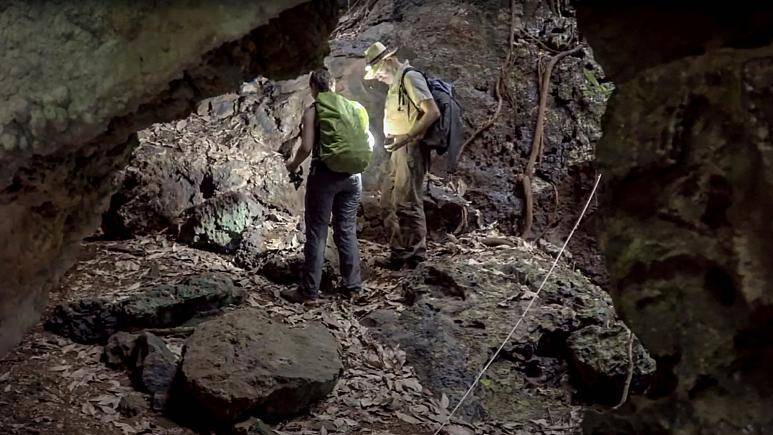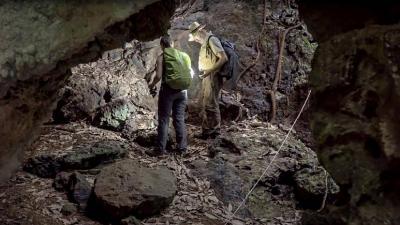Researchers reported on Wednesday the discovery of the remains of a child no older than three years, with its legs carefully folded over its small chest, in an earthen grave dating back 78,000 years, the oldest known human burial in Africa. The pit, located in a cave complex along the Kenyan coast, was devoid of decorations, offerings, or clay sculptures that may be found in more recent Stone Age graves in the region, as they explained in the journal "Nature."
However, "Mtoto," meaning "child" in Swahili, was wrapped in a shroud with what is believed to be its head on a pillow, "indicating that the community may have engaged in some form of funeral rituals," explained the lead author of the study, Maria Martinón-Torres, director of the National Research Center on Human Evolution in Burgos, Spain. This exceptional discovery highlights the emergence of complex social behavior in Homo sapiens and cultural differences among contemporary human groups in Africa and beyond.
The child's bones were found in the Panga ya Saidi caves in 2013, but the circular grave, located three meters beneath the cave floor, was not fully uncovered until five years later, leading to the discovery of decaying remains. Emmanuel Ndima from the National Museum of Kenya stated, "At that stage, we were not sure what we had found. The bones were so fragile that we wouldn't be able to study them on-site." Archaeologists secured and packaged them for transport, first to the museum and then to the research center in Spain. Martinón-Torres said, "We began uncovering parts of the skull and face," adding, "The joints of the spine and ribs were remarkably preserved, with even the curvature of the ribcage being clear."
Microscopic analysis and radiocarbon dating confirmed that the body of the young "Mtoto" was carefully covered with soil from around the pit and lay peacefully for approximately 80,000 years.
The origin of Homo sapiens is traced back to Africa, but little is known about burial practices on the continent compared to Europe and the Middle East, where older human burial sites have been discovered, one of which in Israel is believed to be 120,000 years old. Notably, burials of infants and children constituted about half of the known burials from then until the end of the Middle Mesolithic period, about 30,000 years ago. The same applies to Neanderthals, whose burial rituals in Eurasia date back at least half a million years.
Martinón-Torres remarked, "Burials where the body is folded are very common, and it's difficult to ascertain the reason." She added, "Some researchers suggested that for practical reasons, the bodies were placed in a smaller space, but others see it as the child being placed in a sleeping position." She continued, "The fetal position and wrapping may have been a way to transfer some human warmth in such a cold moment."
Experts suggest that the limited number of early human burial sites discovered in Africa may reflect a lack of archaeological research or environmental conditions: all known sites to date lie in the dry north and temperate southern Africa, which are climates more conducive to preservation. Burial sites from the Stone Age often reveal the beginnings of culture, especially when they indicate "a departure from purely practical motivations toward more meaningful care for the dead," as explained by Liz Humphrey, a researcher at the Human Evolution Center at the Natural History Museum in London.




